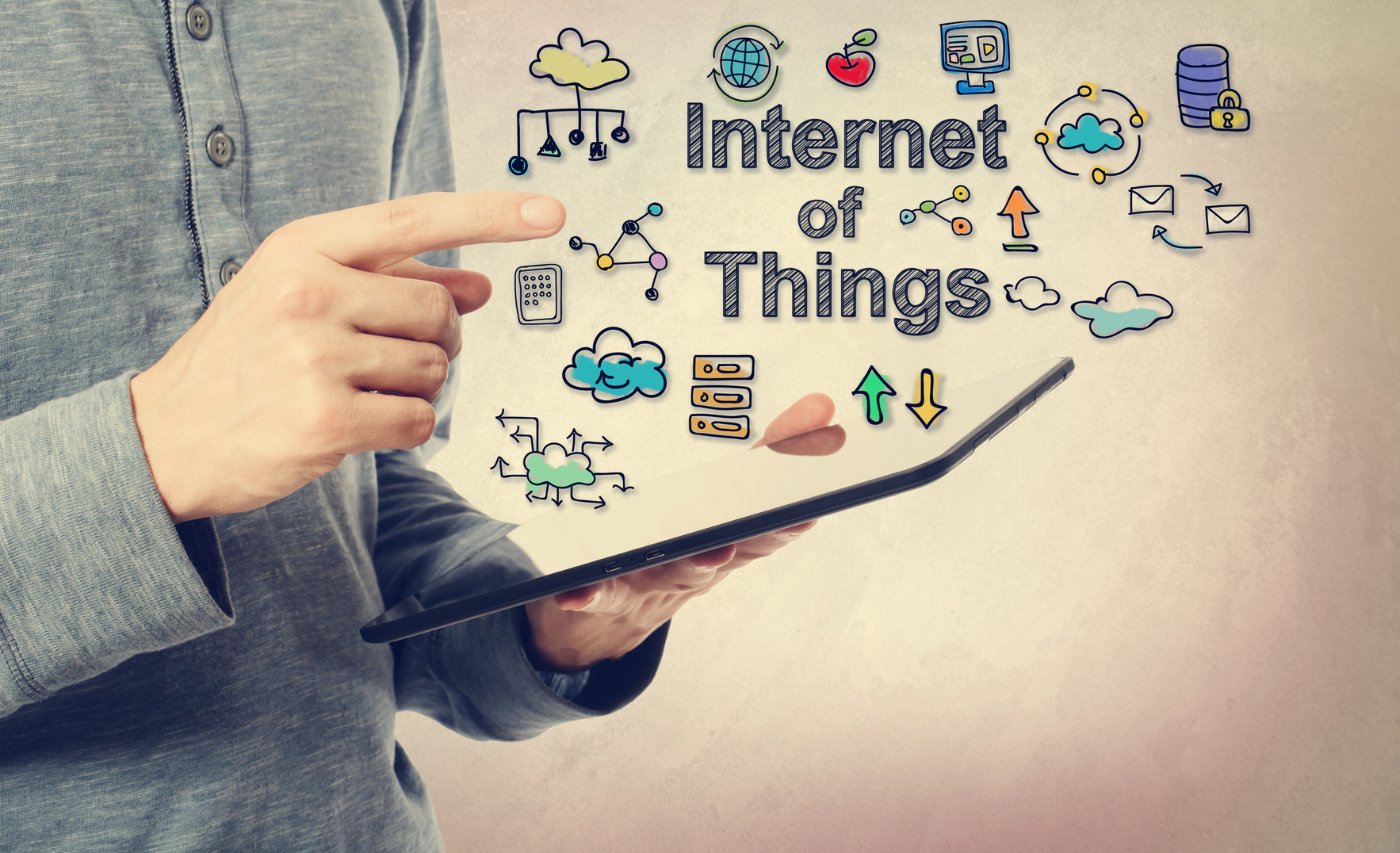Guest Author: Will Lassalle
When we say the IoT, the majority of people either don’t get the idea of what it is or associate it with WIFI-enabled devices, for instance, a NEST thermostat. Although you would not be incorrect, there is more to the Internet of Things than just the simple M2M approach of machine-to-machine data transmission. Broadly, Internet of Things is all about coupling the real world to your smart device.
Dream up a world in which every appliance in your house, vehicle and workplace are linked. The world where your morning cup of coffee automatically begins brewing when your alarm goes off or the front door unlocks when reached by a family member but stays closed when an outsider reaches the front gate. Your car can be summoned to your front door, with the route to work already preprogrammed into the GPS taking into account traffic patterns based on construction or that the president is in town. That is exactly the kind of world the Internet of Things can create.
In the business enterprise environment, IoT sensors in a multitude of settings can contribute data to analytics systems that can do everything from reporting on icy road conditions to telling you of malfunctioning components in a manufacturing plant. Health monitoring can occur in real time for many conditions and activities, sending these reports to medical personnel for adjustments in treatment as necessary.
Defining the IoT
First of all, let’s define the Internet of Things. It is an environment where everyday objects have the capacity to become ‘smart’ enabling them to then transmit data on a network or to each other without needing human-to-machine or human-to-human communication. The Internet of Things is effectively a giant network of connected “things”, which also includes people. The relationships are between people-people, people-things and things-things. To fully achieve this, a combination of four criteria is required:
- A unique identifier
- Mobile internet powered communications
- Sensors
- Radio Frequency Identification readers
Some data around IoT growth in the next 5 years shows:
- In total, there is projected to be 34 billion devices connected to the internet by 2020, up from 10 billion in 2015. IoT devices will account for 24 billion, while traditional computing devices (e.g. smartphones, tablets, smartwatches, etc.) will comprise 10 billion.
- Nearly $6 Trillion will be spent on IoT solutions over the next five years.
- Businesses will be the top adopter of IoT solutions. They see three ways the IoT can improve their bottom line by
- lowering operating costs;
- increasing productivity; and
- expanding to new markets or developing new product offerings.
- Governments are focused on increasing productivity, decreasing costs, and improving their citizens’ quality of life.
Notably, the real value is at the crossing of collecting data. There must be a framework employed to assess it in real time. Cloud-centered applications are vital to translate and transfer the data hailing from all these tags and/or sensors.
Here we’ve gathered a couple of touch-points that will help you comprehend more about how the IoT works and to what extent it can influence our daily lives:
Smart Search
It is now possible to locate your keys by utilizing a smart tag. Moreover, you can also track the accurate location of your packages along with each and every minor detail, such as how far away it is at that exact moment of search.
Traffic Engineering
Holding the ability to collect data and find everything at the exact time, will enable a city or big campus to control traffic. Astute stoplights can react to shifts in traffic outflow. Street conditions and traffic will be passed on to the drivers, redirecting them from areas that are closed off, unavailable or jammed due to construction.
In cases where you can identify where cars are and where they need to go you can control traffic more appropriately.
Finally, in order to achieve the maximum benefits out of the Internet of Things technologies, it is essential to have the secure infrastructure to support it. Keep in mind, it’s not just Smartphones and laptops accessing and producing data anymore, it’s, in fact, all things that will be joining networks and you have to be prepared to secure it all.
The IoT is here to stay and its possibilities in our professional and personal lives are endless. IoT will create new markets, new products, help us lead healthier lives, help us gather more data to analyze and innovate. This is just scratching the surface and for the aforementioned reasons alone the Internet of Things matters and is here to stay.
About the Author:
Tag/s:Digital EraInternet of ThingsIoT





